-
Yellowtail (Buri)
-
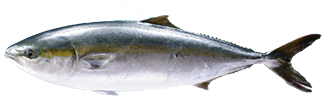
Ehime Prefecture boasts the second largest yields of aquacultured Japanese Yellowtail (buri) in the whole country. A range of techniques are employed to produce premium quality fish, including varieties like Japanese Yellowtail with the fragrance and taste of mandarin oranges, in addition to ordinary buri.
Aquaculturing Japanese Yellowtail in Ehime
Ehime Prefecture has long boasted nationally top-ranking aquaculture yields of this fish, a species endemic to the waters around Japan.
Carefully cultivated with love and ingenuity in this blessed natural environment, Ehime-raised Japanese Yellowtail is characterized by meat with appealingly firm and fatty qualities.
The fish are fed diets with well balanced caloric and nutritional content to give them such firm and appealingly fatty flesh. Also, unique approaches such as adding polyphenols with antioxidant properties to their feed helps prevent browning of the red muscle portion of the meat due to oxidation.
After being carefully raised in this way for about two years, the fish are shipped to locations throughout Japan and abroad in live form or processed into filets in HACCP-compliant facilities.
-
In Ehime, Most Japanese Yellowtail is Aquacultured
-
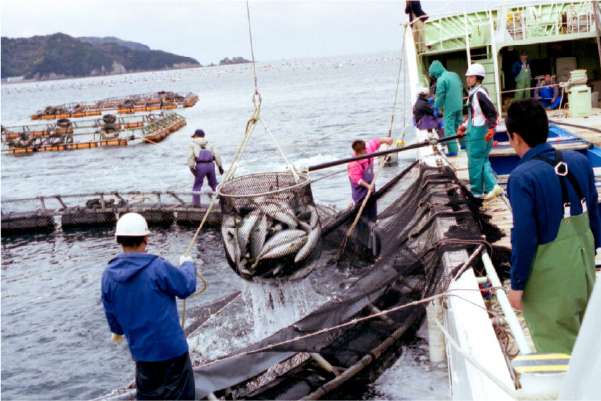
- While in Japan as a whole, wild and aquacultured Japanese Yellowtail are harvested in roughly equal amounts, in Ehime Prefecture, the cultivated form accounts for an overwhelming majority of shipments at around 90%.
-
-
Balanced Diets to Raise Delicious Japanese Yellowtail
-
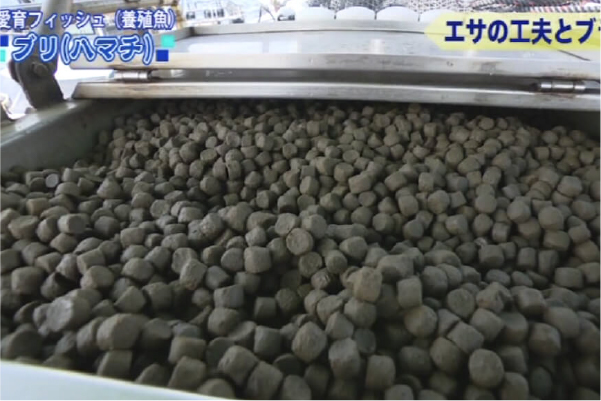
- Diets with well balanced caloric and nutritional content help the fish develop healthy bodies with firm, appealingly fatty, Omega−3-rich flesh. To ensure the sustainability of the local aquaculture industry, care is shown for the marine environment as well, with careful consideration given to the amount and method of feed given to the fish.
-
-
Moving Toward Full Aquaculturing of Japanese Yellowtail
-
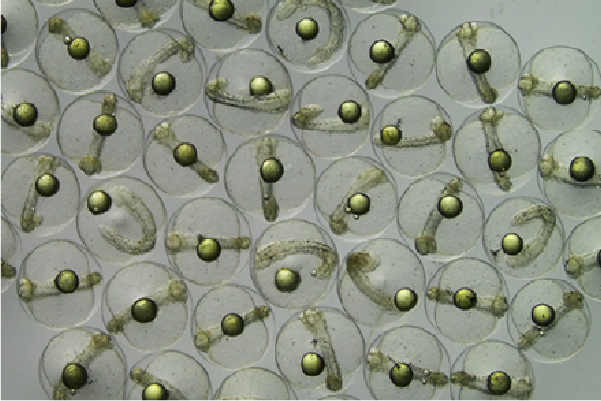
- To reduce impacts on wild stocks of the fish, efforts are underway to establish technologies for fully aquaculturing the fish to be harvested and develop techniques enabling the stable production of juvenile stock for cultivation.
-
-
Introducing Japanese Yellowtail Essenced with Mandarin Orange
-
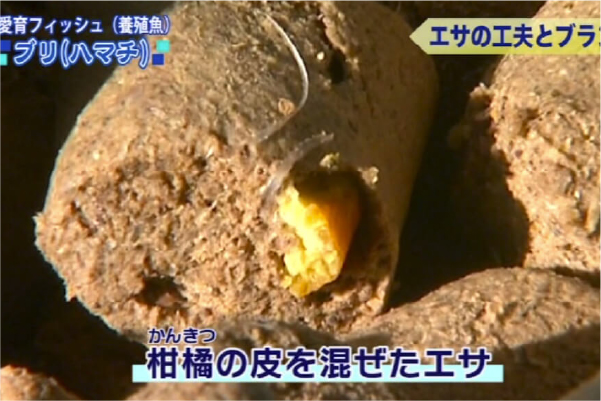
- This special fish, featuring a subtle citrusy aroma, is produced by feeding the fish a diet that includes citrus peels extracted from the fruit. This helps reduce the distinctive fishy smell, providing a meat that is popular even with those who are ordinarily less enthusiastic about eating fish.
-



